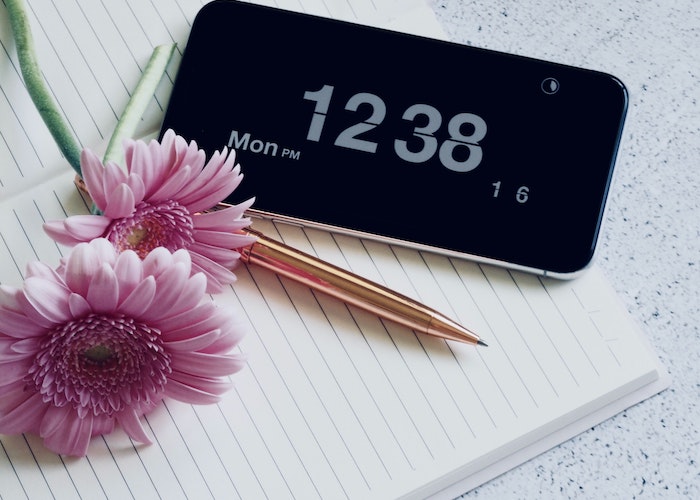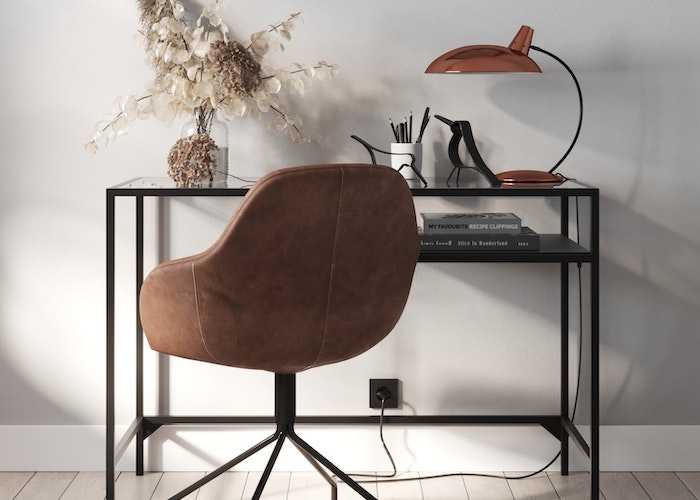3 Ways Time Blocking Actually Worked For Me — & 2 Ways It Sucked
Maybe I’m alone in this, but I love watching YouTubers share their bullet journals, especially their time-blocked calendars full of perfectly written to-dos, with every hour blocked off in their productive day. I’ve meant to time-block my own calendar at work for a few months, now, and somehow never got around to doing it…until now. Last Monday, I decided to log onto work thirty minutes early so I could sit down with my calendar and time block.
For those of you who are unfamiliar, time blocking is a productivity tool where you assign every task a time slot on your calendar. It’s essentially covering your daily calendar with “meetings” except instead of blocking out time for a Zoom call, you’re making time to tackle that project you need to get to or time to work out. As someone who has some meeting-heavy days and some no-meeting days at work, I’m hoping that time blocking can bring more structure to my workday. Moreover, I plan to time block non-work activities, too, like meal prepping, grocery shopping, going for a walk with a friend, and working out in the hopes that it can help keep me on track for a healthier lifestyle, overall.
First, though, one of the challenges of this exercise is being realistic with my goals. If I allot thirty minutes for a workout does that give me enough time to change, put down my yoga mat, grab my weights, and do stretches? No. But is one hour too much time? Probably. What about actual work, what if my meeting runs over and I don’t get started on that project at exactly 10 am? These are the queries that have prevented me from embracing time blocking in the past but I’m hoping that 15-minute “grace periods” can facilitate a more realistic flow. We’ll see…
Ultimately, I really enjoyed time blocking. In today’s world, where we constantly see how productive people are being on Instagram and Facebook and YouTube, it’s easy to feel like you didn’t accomplish a lot. I often go to bed wondering where my time went, which tasks I even completed, especially since so much of my day job is long-term projects where progress doesn’t seem as if it’s happening even though it is. With time blocking, I was able to look at my calendar at the end of the day and feel really good about what I had done, how much I had done. Even if it was just working on a project for an hour, or getting in a quick midday walk, it felt much more real and important when I saw it on my calendar.
At the end of the week, too, I felt as if I had really utilized my time to the max since I was on my phone way less. In my mind, blocking out an hour to work on a task meant I shouldn’t be scrolling on my phone for that hour—I should treat that time like a meeting—and I only ever went on my socials during my “grace periods” or lunch break. It made me realize, too, that not that much is happening online for me to be checking Instagram every thirty minutes anyway! So while I didn’t anticipate using my phone less, I certainly did.
That being said, I did feel exhausted by the time Thursday morning rolled around. I hate Zoom calls and typically spend a lot of time away from my computer after long meetings, either working out or cooking or taking a walk. And more importantly, I don’t put a time limit on those tasks. While I switched my time blocking calendar to accommodate this once I recognized it, later in the week, I nevertheless felt as if I had too much screen time all at once. It’s certainly good to put a limit on how much time I spend during the day on work tasks versus home or “me” tasks but with a flexible work schedule, I felt as if time blocking didn’t allow me to fully tap into those benefits. If you’re working a strict 9-5, it makes sense to diligently time block your day so that you don’t work overtime or find yourself with an insufficient amount of time for the work you do want to get done during the day. For me, though, this was one of the few downsides to time blocking.
Another minor downside is simply looking at my calendar and seeing that I imagined wanting to work on Project X at 2 pm on a Thursday when I was really feeling like continuing to work on Project Y as I had been doing for most of the week. And this is a struggle I run into anyway—wanting to work on one task instead of another that also needs to get done. It has made me wonder if I should time block each day versus the week as a whole so I can better gauge my mood and energy levels, though it also detracts from that feeling of knowing I’m getting everything done that week that I should be prioritizing.
So, in short:
3 ways time-blocking worked for me:
- I felt I really did make the best of my work time and utilized every minute
- I cut down on my phone time
- It brought more structure to my overall days, in general.
2 ways it (sort-of) didn’t:
- lack of flexibility in adjusting my schedule (e.g. swapping out working on Project X for Project Y, despite designated time)
- time flexibility (time blocking each day vs. each week, etc.) However, this can also be easily altered.
Needless to say, time blocking for one week has made me want to continue it, though perhaps with a few changes. I’ve yet to find the perfect cadence with this productivity tool that works completely for me, but I definitely recommend it, even if only to see all the beautifully color-coded blocks on your calendar.
Keertana Anandraj is a recent college grad living in San Francisco. When she isn’t conducting international macroeconomic research at her day job, you can find her in the spin room or planning her next adventure.
Image via Unsplash



